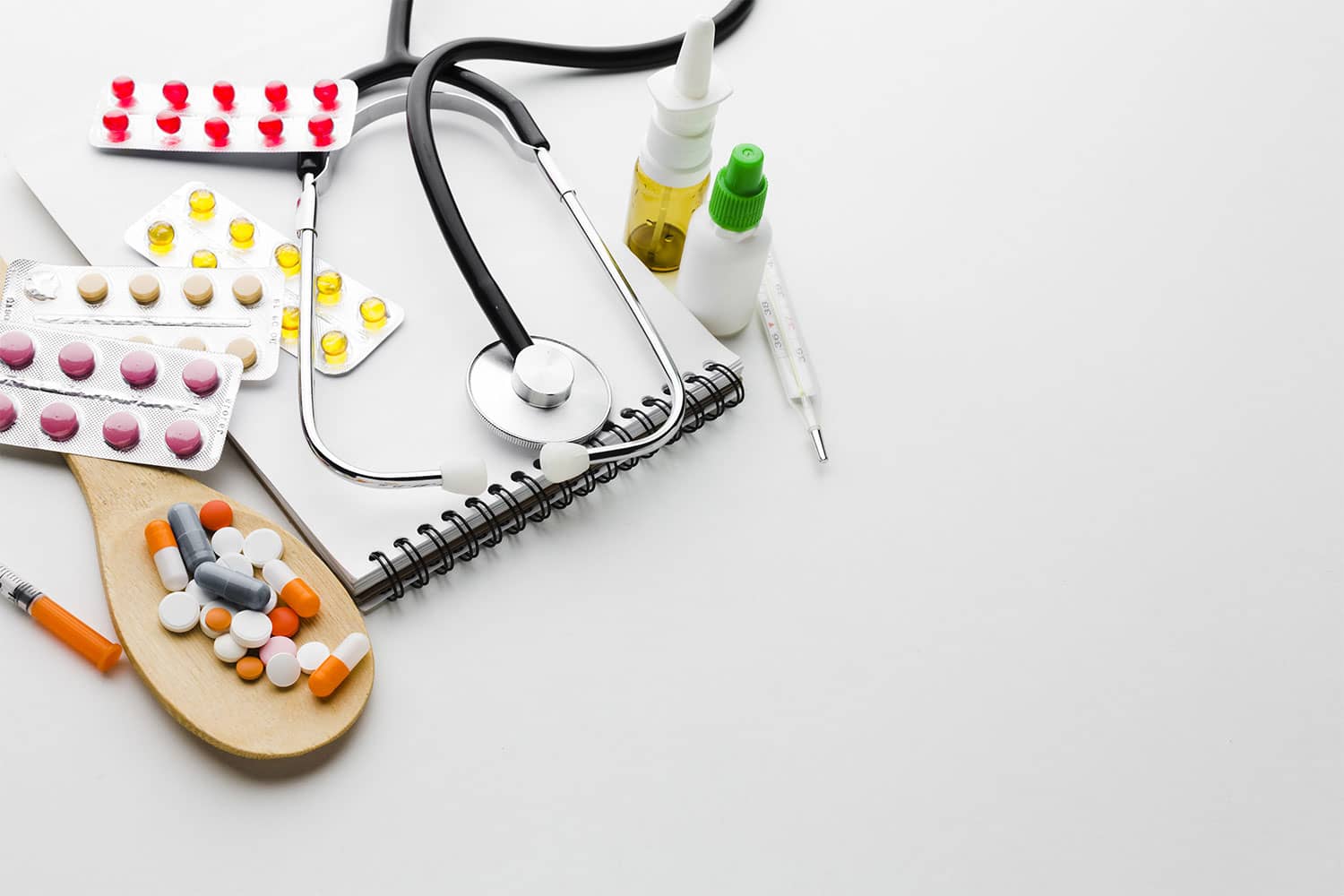Our experts at ProRelix research provide customized and comprehensive pharmacovigilance and safety monitoring programs in accordance with European Union (EU) regulations with an emphasis on patient well-being from research and development to post-market authorization.
In the EU, the European Medicines Agency (EMA) coordinates and operates the pharmacovigilance system. Pharmacovigilance is the science and activities relating to the detection, assessment, understanding and prevention of adverse effects or any other medicine-related problem. Although clinical trials provide evidence of safety and efficacy of a new medicine and their results are used to support market authorization, it is important to note that trials are conducted in a limited population under ideal circumstances for a shorter time. It is therefore common that clinical trials do not capture the full extent of adverse events associated with a medicine’s use under real-world circumstances. Monitoring of safety and side effects of a medicine post-authorization is important and is mandated by EU law for marketing authorization holders and the EMA. The EMA’s Pharmacovigilance Risk Assessment Committee (PRAC) is responsible for assessing and monitoring the safety of human medicines.
The EMA maintains a system known as EudraVigilance for managing and analyzing information on suspected adverse reactions from medicines in either the clinical trials or in the post-authorization phase. The EudraVigilance database allows for electronic exchange of individual case safety reports (ICSRs), detection of safety signals, and allows for availability of better product information through package leaflets and labeling information. Electronic reporting of side effects and adverse events into the EudraVigilance database is obligatory for all marketing authorization holders (MAH) and sponsors of clinical trials. In addition, all marketing authorization applicants need to submit a risk management plan (RMP) which includes information on the medicine’s safety profile, a pharmacovigilance plan, and a risk minimization plan. Other pharmacovigilance activities that need to be performed by MAH post-authorization includes development of a risk management strategy, incident management plans, medical literature monitoring, reporting of medication errors, submission of periodic safety update reports (PSURs), development of a pharmacovigilance system and pharmacovigilance system master file (PSMF), conduct of imposed or voluntary post-authorization safety studies (PASSs), and detection and management of safety signals.

The good pharmacovigilance practice (GVP) guideline developed by the EMA provides detailed information regarding various processes for MAH and is divided into various modules. The modules explain best practices for the following:
- Establishment and maintenance of pharmacovigilance quality systems:
- Maintenance and content of pharmacovigilance system master file (PSMF)
- Planning, conduct, reporting, and follow-up of pharmacovigilance inspections
- Planning and conduct of pharmacovigilance audits
- Development of a risk management plan
- Collection, management, and submission of reports of suspected adverse reactions to medicinal products and duplicate management of these reports
- Objectives, format, and content of periodic safety update reports (PSURs)
- Requirement, types, and submission of information from post-authorization safety studies (PASS)
- Signal management processes: scientific and quality aspects, procedural aspects
- Additional monitoring activities and communication strategies
- Communication and coordination of safety activities
- Risk minimization measures
- Requirements and key elements of educational materials

EU requirements for pharmacovigilance differ from those in the United States such as requirements for a Qualified Person for Pharmacovigilance (QPPV) and a Pharmacovigilance System Master File (PSMF) which is required in the EU. Furthermore, Individual Case Safety Reports (ICSR) in the EU require patient identifiers to be stated in the report. Risk Management Plans (RMP) are required at the time of seeking marketing authorization in the EU, whereas the FDA requires Risk Evaluation and Minimization Strategies (REMS).
Our pharmacovigilance services are designed to comply with EU requirements and include:
- Adverse event collection, reporting, and documentation during clinical trials
- Coding of adverse events using MedDRA coding
- Reporting of AEs to Ethics Committee or Data and Safety Monitoring Board (DSMB)
- Preparation and submission of ICSRs and aggregate reports
- Registration, set-up, and submission of reports to EudraVigilance database on behalf of sponsor (during clinical trials) or MAH (post-marketing authorization)
- Provision of a QPPV to ensure MAH compliance with EU regulations
- Writing and submission of PSURs to health authorities
- Preparation of Standard Operating Procedures (SOPs) related to in-house pharmacovigilance activities
- Comprehensive literature surveillance including developing search criteria, identification of results, and record keeping on adverse events and ICSRs using various global biomedical databases
- Protocol development and review for any PASS studies
- Development of RMP which include observational study protocols, questionnaires, educational materials, and registries
- Audits of company’s pharmacovigilance systems
- Safety signal detection from global and local databases, DSMB, and preclinical and clinical studies
- Development and updating of PSMF in compliance with EU regulations
Need Support to Conduct your Pharmacovigilance Services for EMA?
We’d be delighted to assist you in conducting your Pharmacovigilance Services for EMA
Connect with our experienced staff today!!
Provide details of your requirements by clicking on the given link below and our professional team of clinical research experts will get in touch with you right away.




